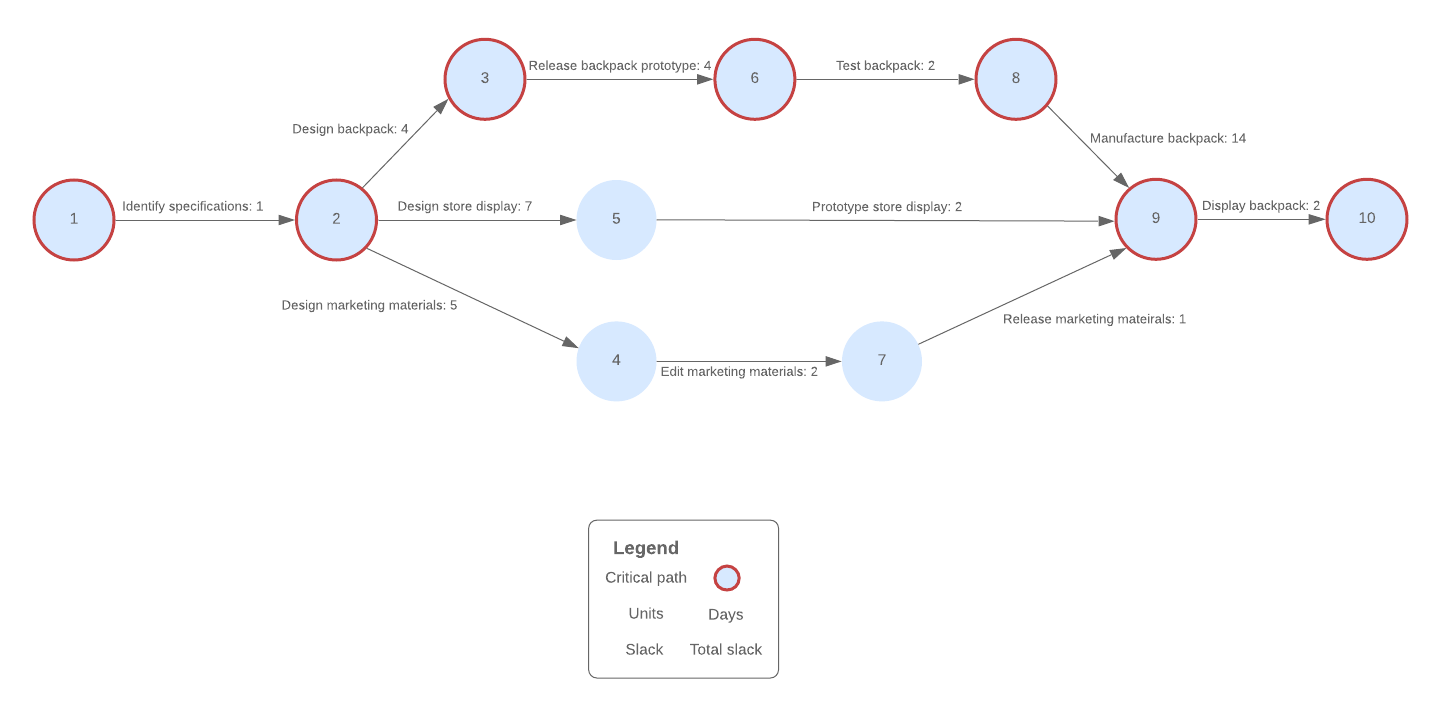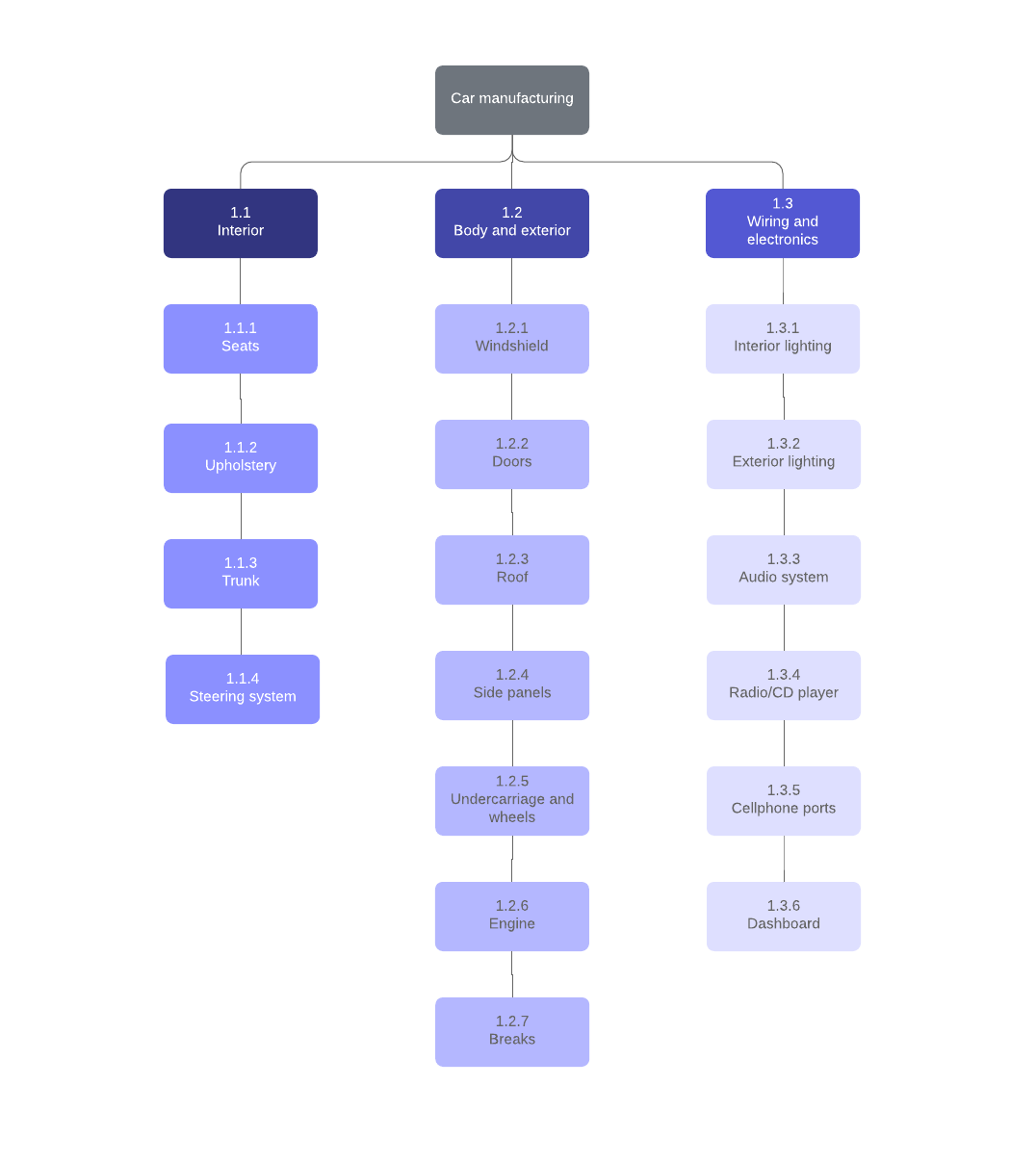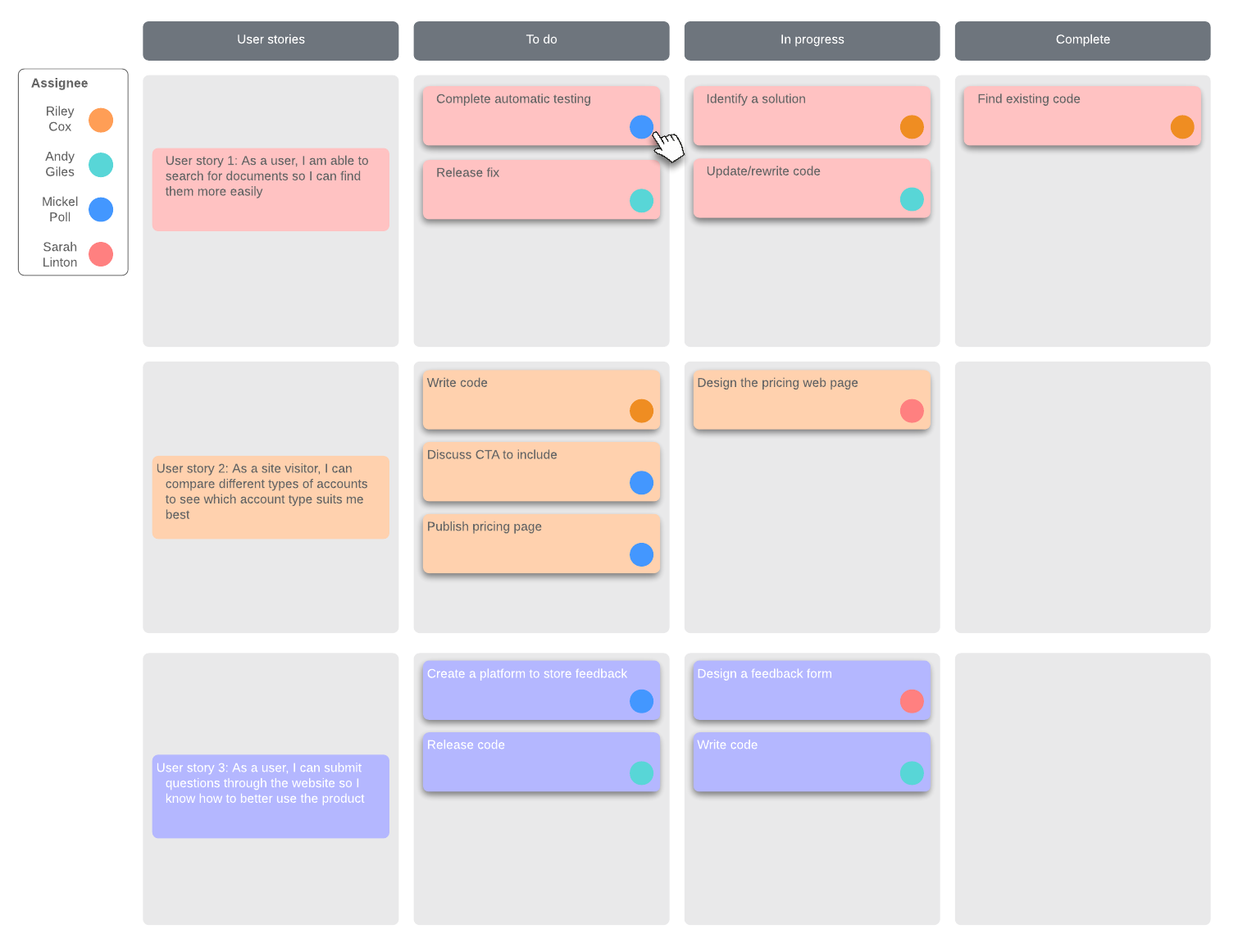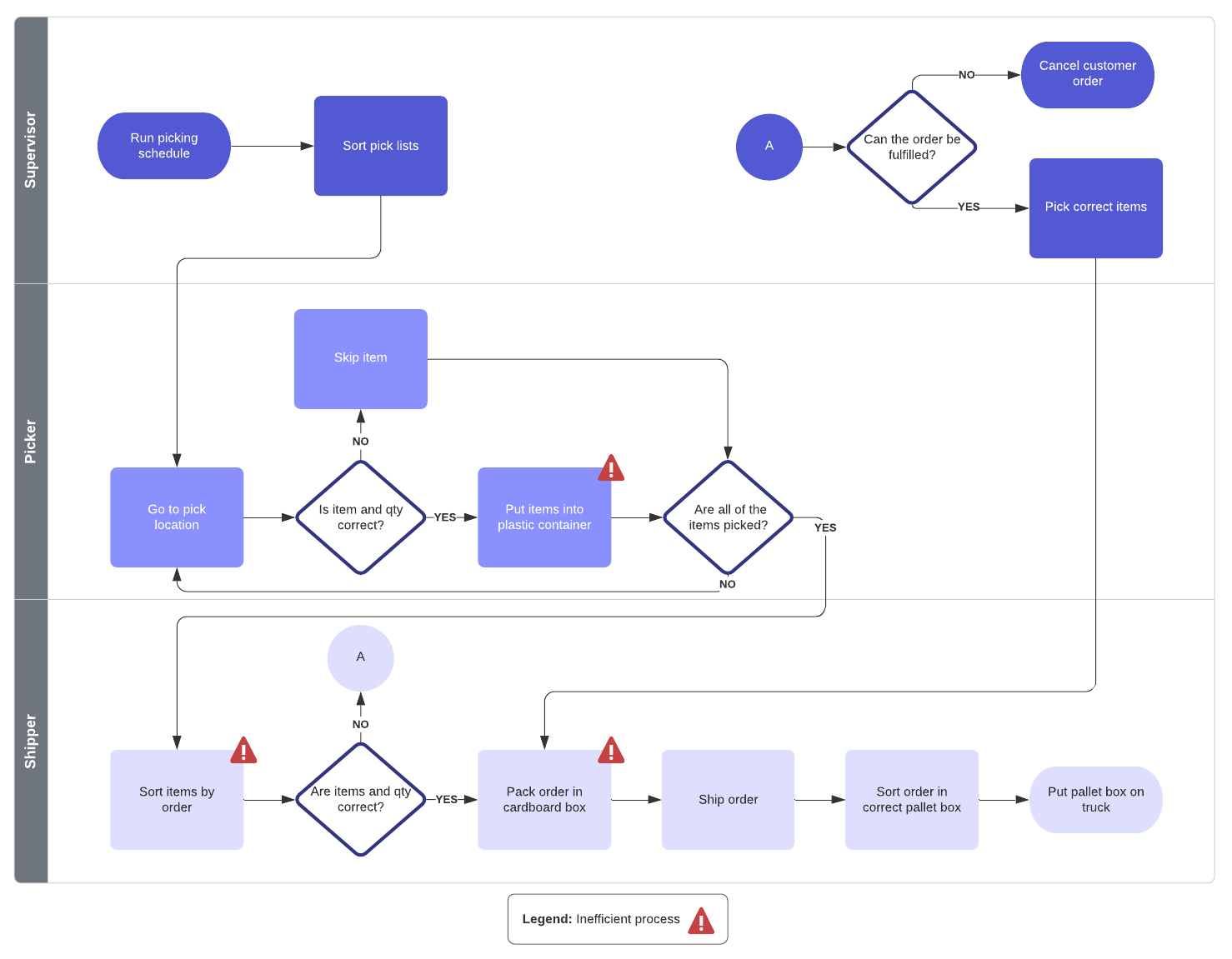All businesses are in business to make more money than they spend. And to do that, all you need to do is figure out:
- What you will sell
- Who will buy it
- How much it costs to make
- How many people are needed to make it
- What materials you need to make it
- How you will distribute it
- How much to charge your customers
And after you have figured out all of that, all you need to do is produce high-quality, innovative products as quickly and efficiently as possible. And you simply need to do all of this while keeping customers, distributors, management, employees, and all stakeholders happy without going over budget.
It sounds so easy, doesn’t it? We should all go into business together tomorrow.
In case sarcasm doesn’t come across in text, we’re kidding. None of this process is easy, but to run a successful business, you do need to get to that point where you make more money than you spend. But how?
Effective resource management is a big part of ensuring your company’s success.
What is resource management?
Resources include the materials, equipment, tools, and people that are used to complete a project. Resource management includes planning for, scheduling, and allocating materials, equipment, tools, and people as needed to efficiently produce products and services.
Effective resource management involves an understanding of your company’s mission and goals so you can align the proper resources with the projects and tasks that will meet those goals. It also includes:
- Maintaining and upgrading current equipment
- Purchasing new tools as needed
- Creating or optimizing procedures
- Creating and delivering training to ensure that employees follow procedure
- Knowing when to hire new people
The importance of resource management
Project resource management is about being efficient and doing more with less. It’s not just finding enough people and resources to complete a job. It’s about finding the right balance and learning to recognize which tools, processes, and people are the right fit for completing projects and aligning with company goals.
Effective resource management can offer you the following benefits:
Tips for effective resource management
Here are a few tips that can help you get started on your resource management journey.
Centralize your resource management data
Visibility and transparency are key to effective resource management—make sure that your plans are easily accessible to team members and stakeholders who want to understand what is happening with the project.
Create a single resource pool
Maintain a single, company-wide resource pool that is available to everyone. Store it in an easily accessible location so that anybody who needs to can look at it when they need to find out what resources are available and where others are allocated. Separate resource pools can become confusing and make it difficult to track who is assigned to what and where.
Understand employee skills
Remember that people are resources too. It is important that you understand what their skills are so you can easily allocate them where they are most needed. Maintain a list or database of each team member’s skills to help you determine who is best suited for specific tasks.
-
Complete tasks on time and meet deadlines: Implementing a resource management plan can help you to make good decisions that give you everything you need to finish projects on time.
-
Improve employee morale and productivity: Your people need to feel challenged to be more productive and happy. But if they are challenged too much, the heavier workload can lead to burnout, stress, and reduced productivity. Finding the right balance among the workload, resources, and product quality can improve morale and increase employee retention.
-
Reduce or avoid unforeseen problems: When you understand your people and their skills and what resources are available, you have a better idea of how to properly allocate them to maximize efficiency. Then you can better address gaps and unforeseen problems before they happen or more quickly when they happen.
-
Provide transparency: Resource management lets everybody see who is working on what and gives them a clearer picture of how their work fits into the overall project. It also gives a better idea of team and individual bandwidth so you can quickly reallocate resources to balance workloads if necessary.
-
Measure efficiency: The insight gained from a resource management plan can help you measure resource performance and efficiency. Can the project be completed with fewer resources? Will you need to hire new people or buy new equipment? This data makes it easier to estimate and forecast what will be needed next time.

Consider performing a skills gap analysis to assess whether your team has all of the skills necessary to reach company goals.
Learn moreKnow who your top people are
Use the 80/20 rule, which identifies the 20% of resources that generate about 80% of the effects in the project. These are the resources (typically people) that are in high demand to do the work. Try to plan your work around the availability of these resources to reduce potential bottlenecks and roadblocks.
Hire a dedicated resource manager
Depending on your company’s size, you might want to have one person or a team of people dedicated to resource management (separate from project managers). This makes it easier to track and manage all available resources and make adjustments on the fly. If you have a team of resource managers responsible for different divisions or geographic locations, make sure that they all have access to the same resource pool available from a centralized location.
Collaborate to increase productivity
Don’t try to do everything on your own. Working with other managers and team members to better understand available resources increases productivity and can lead to better ideas and decisions. Use resource management software or visual collaboration solutions like Lucidchart to give everyone visibility and the opportunity to share insights.
Use visuals to manage resources
Most people learn and retain knowledge better when visuals are used. Consider using the following to better understand the work required, track the status of everyone’s work, and reallocate resources where they are needed:
PERT chart: Calculate reasonable deadlines based on dependencies and the estimated time it takes to complete each task.

Work breakdown structure: Break down the project into manageable pieces to give you a better idea of where you can allocate resources.

Kanban board: Split up the project into categories of work to be done, work in progress, and completed work. Easily track work progress and make adjustments as needed.

Scrum board: Visually track work in short, incremental sprints. This tool is similar to the Kanban board but often broken up by user story.

Swimlane diagram: This is a type of flowchart that shows who is responsible for completing certain tasks in a process. It lets you track the work as it progresses and as it is handed off between the lanes.

Resource management is never complete. It is an activity you need to consider for every project. Managing and maintaining resource pools and plans gives you a better understanding of what is available and what you might need for the next project. Effective resource management ensures that you always have enough resources for every task and project.
Dive deeper into visuals that can help you manage resources and projects easily.
Read nowAbout Lucidchart
Lucidchart, a cloud-based intelligent diagramming application, is a core component of Lucid Software's Visual Collaboration Suite. This intuitive, cloud-based solution empowers teams to collaborate in real-time to build flowcharts, mockups, UML diagrams, customer journey maps, and more. Lucidchart propels teams forward to build the future faster. Lucid is proud to serve top businesses around the world, including customers such as Google, GE, and NBC Universal, and 99% of the Fortune 500. Lucid partners with industry leaders, including Google, Atlassian, and Microsoft. Since its founding, Lucid has received numerous awards for its products, business, and workplace culture. For more information, visit lucidchart.com.

